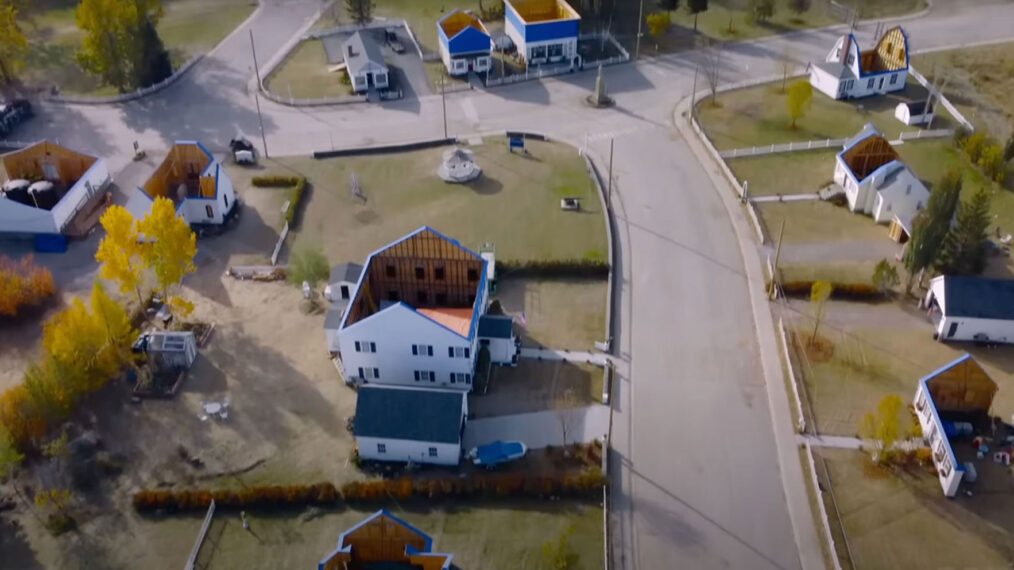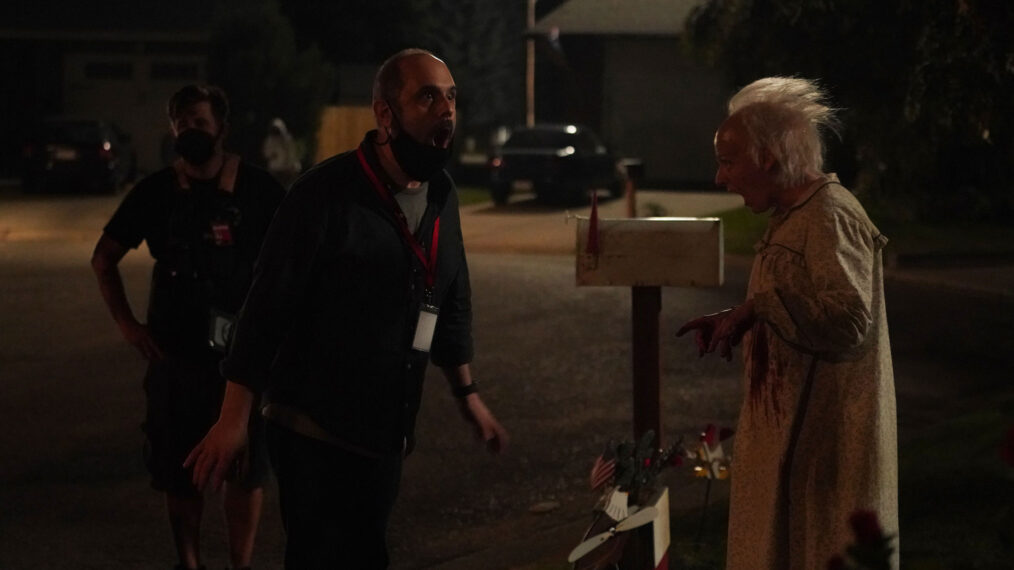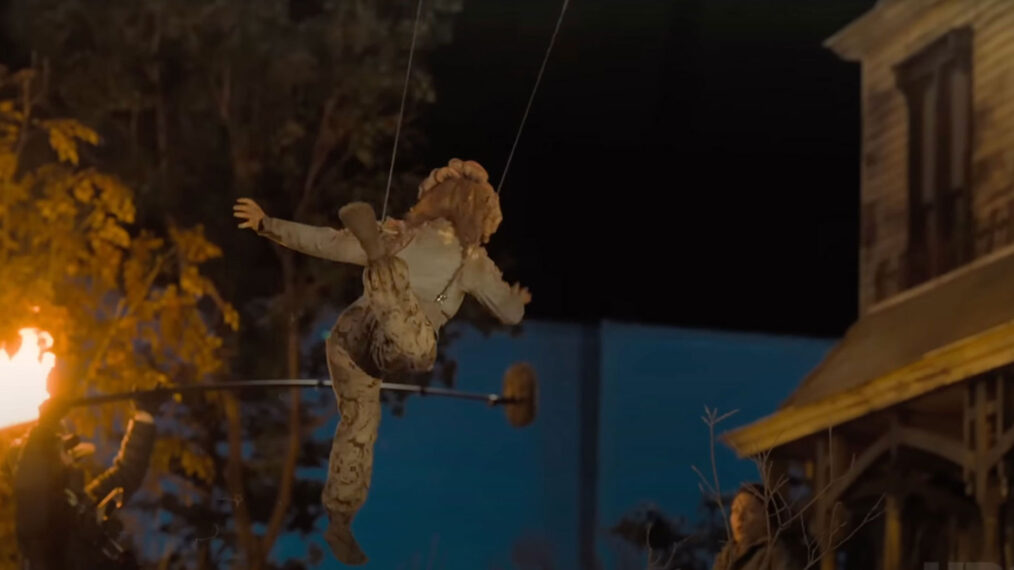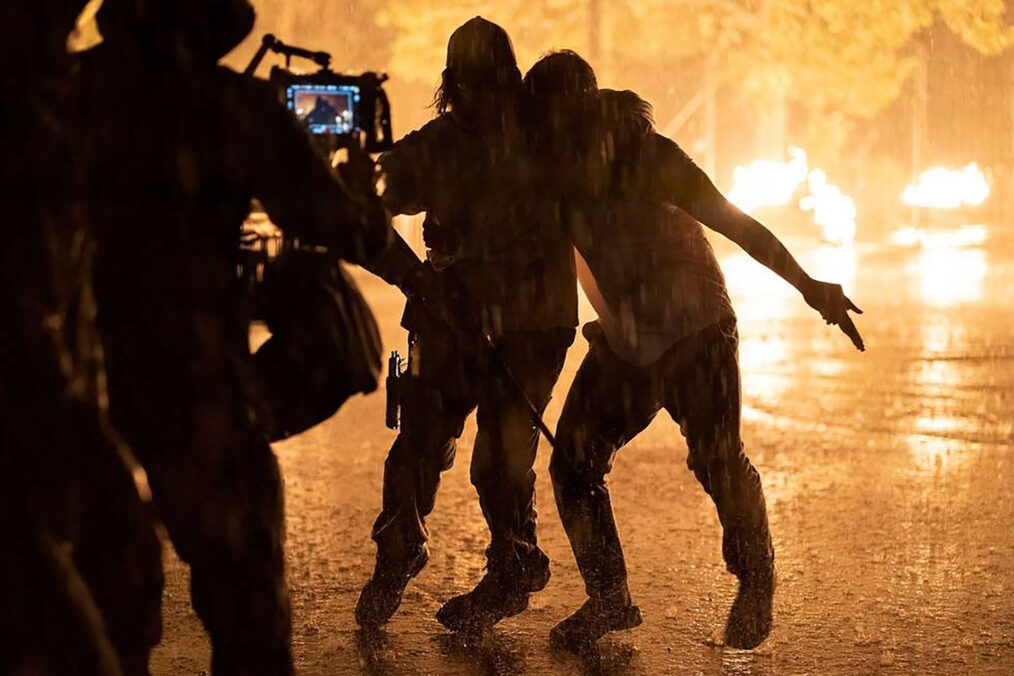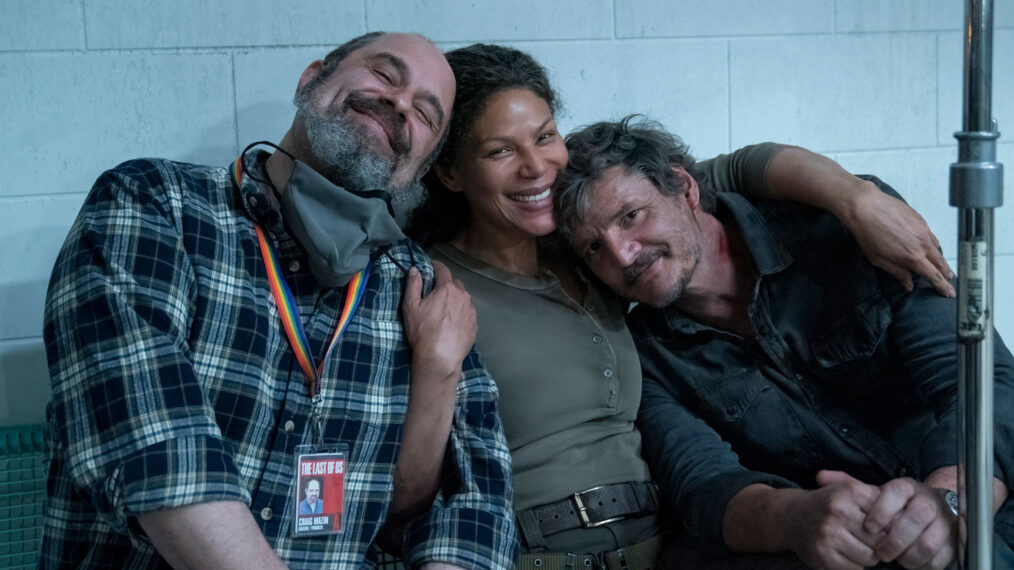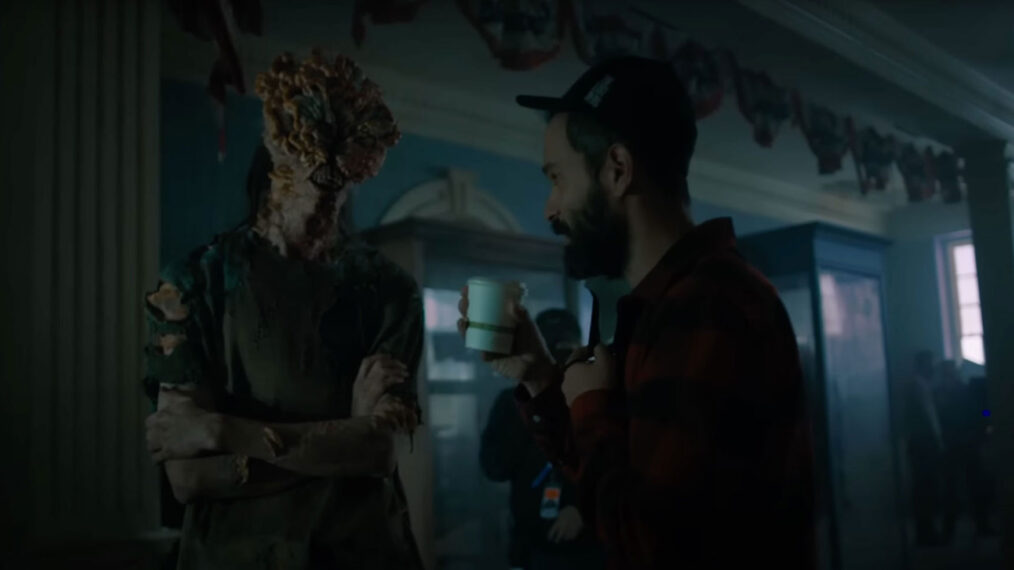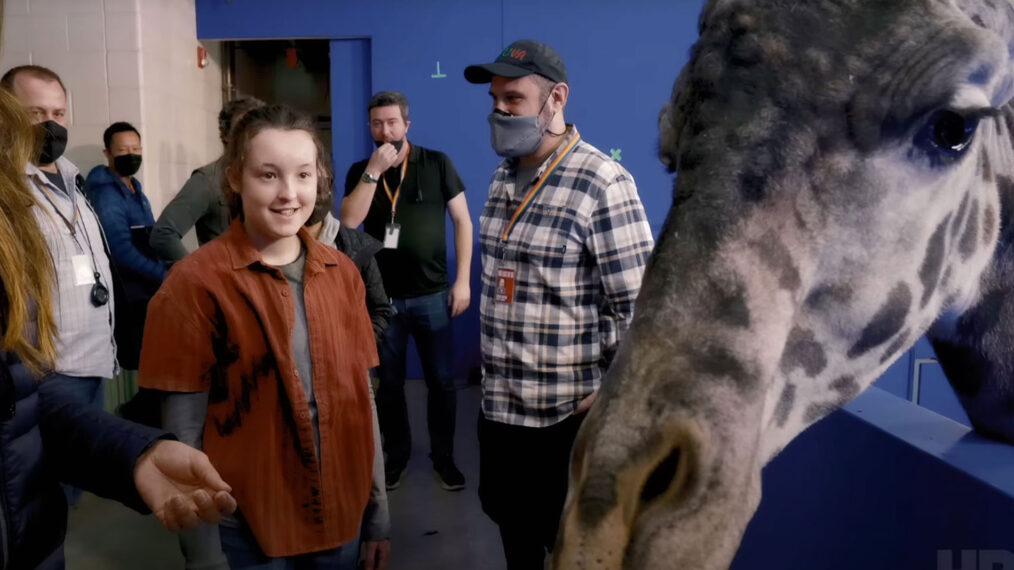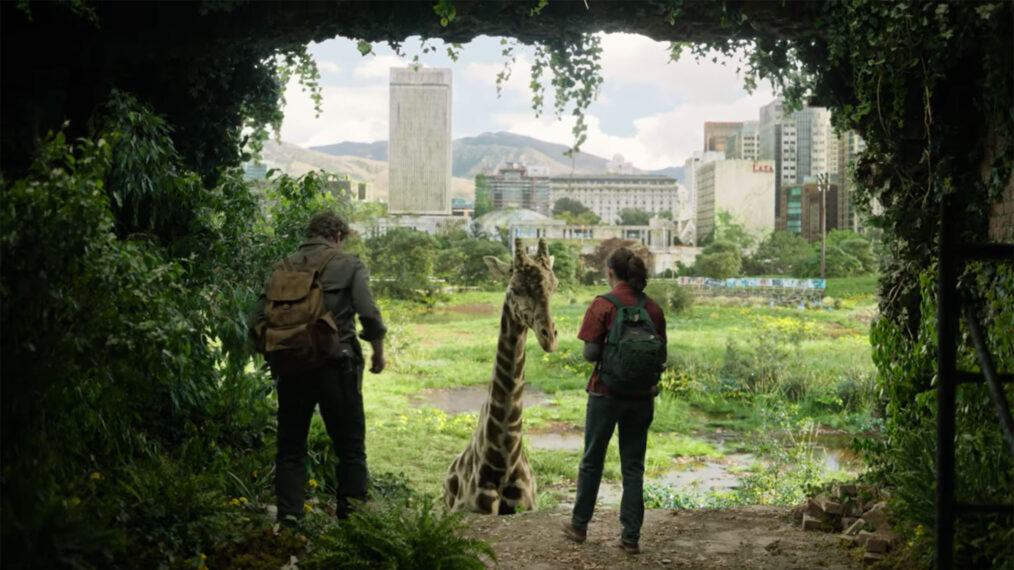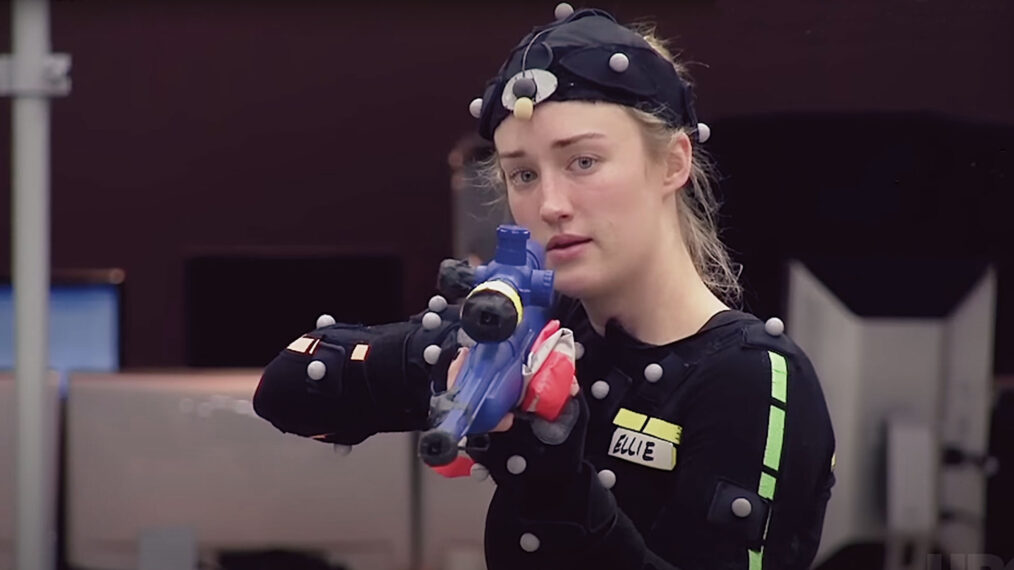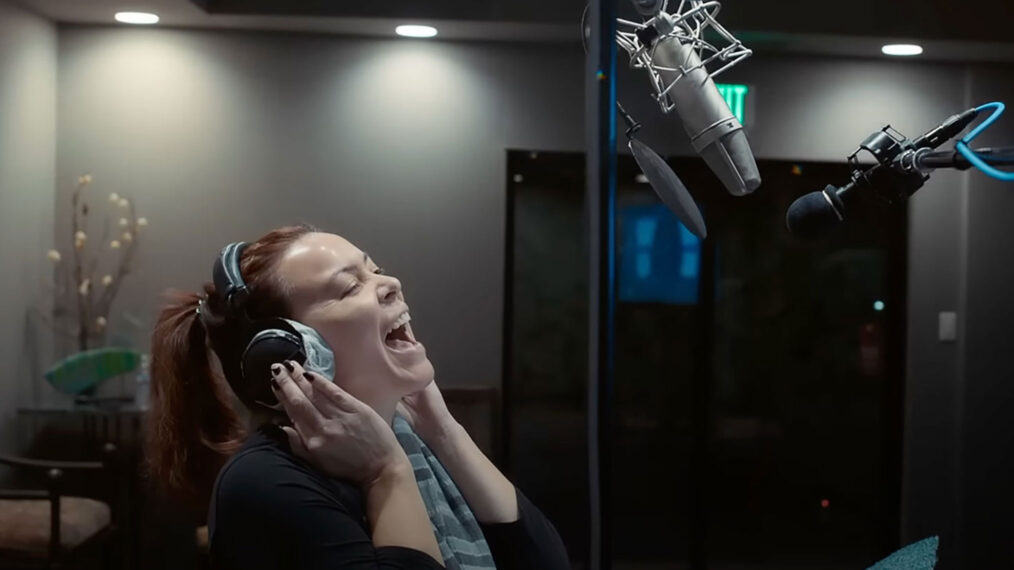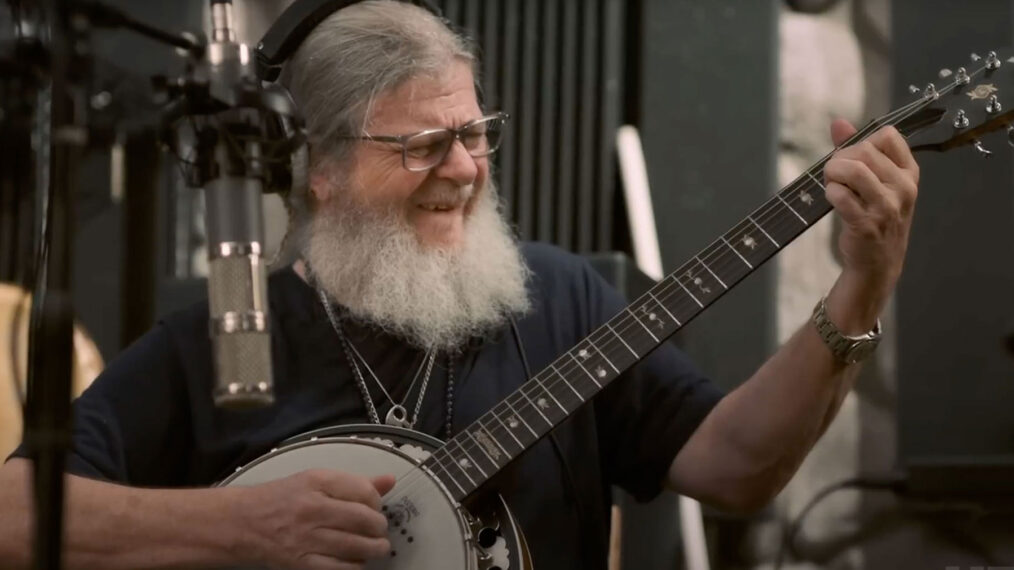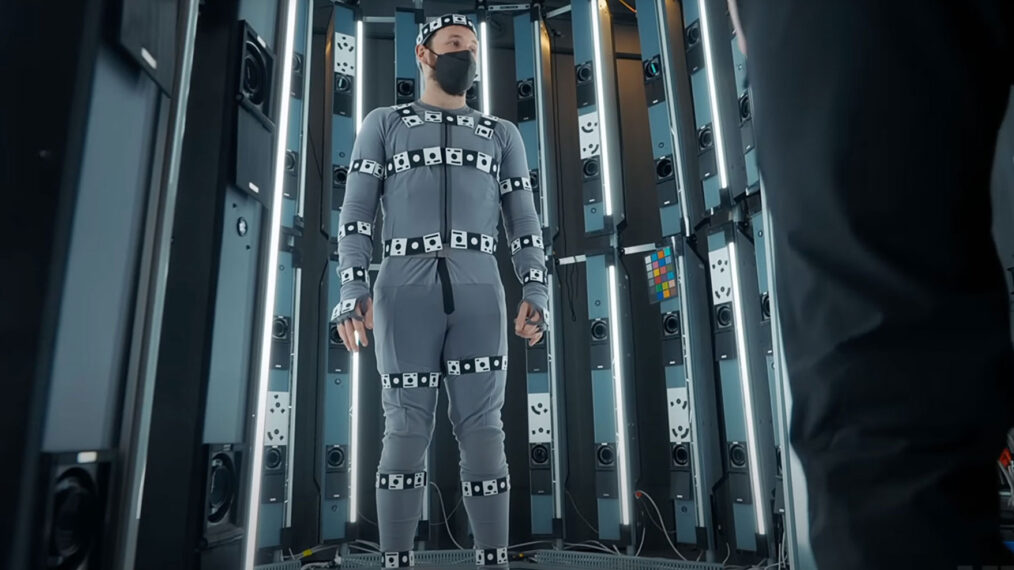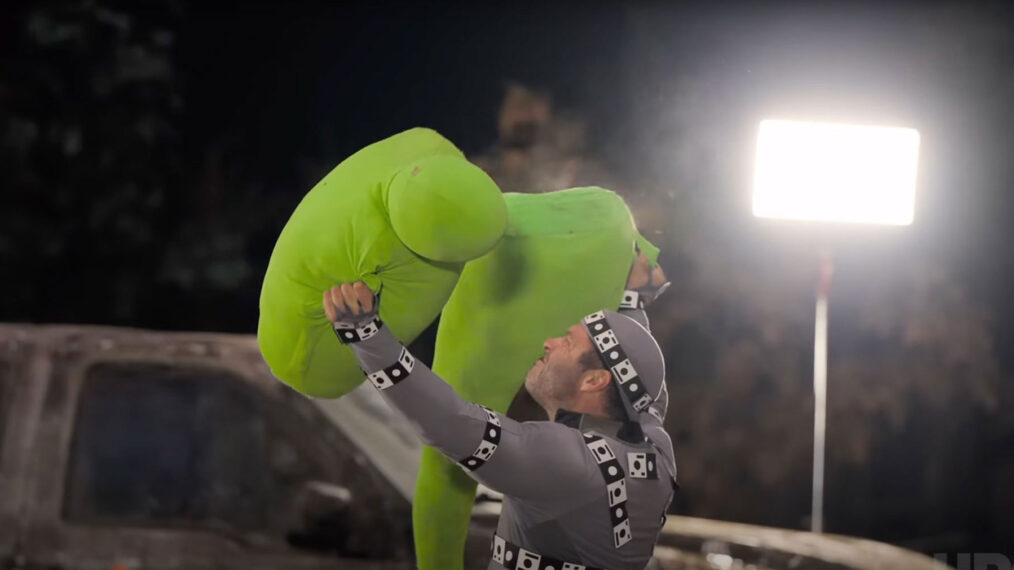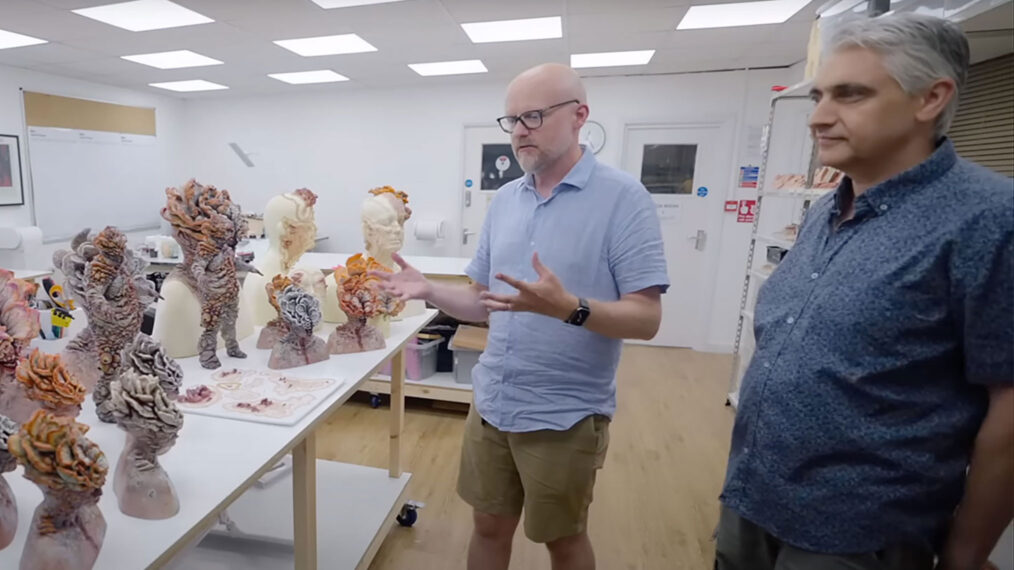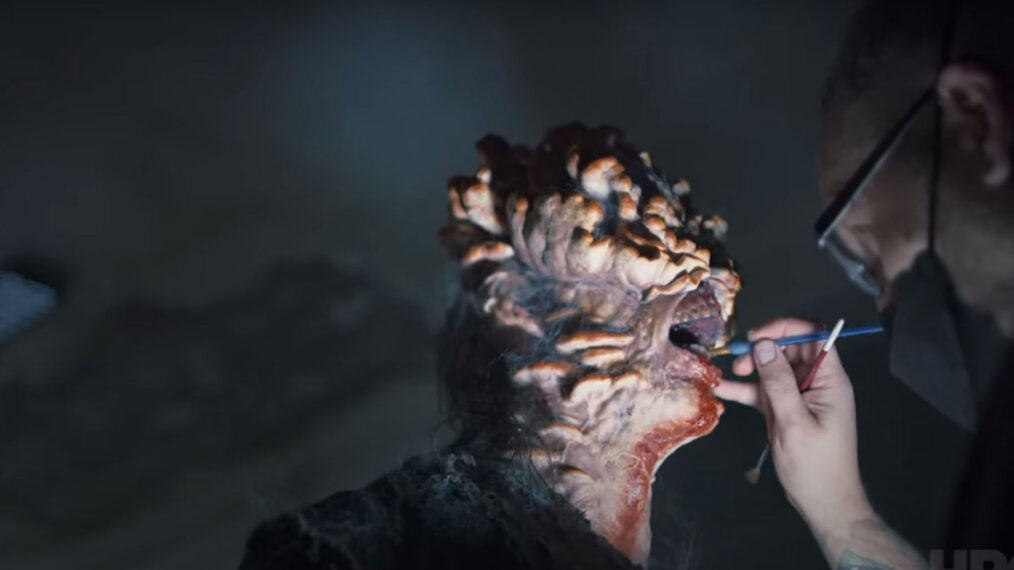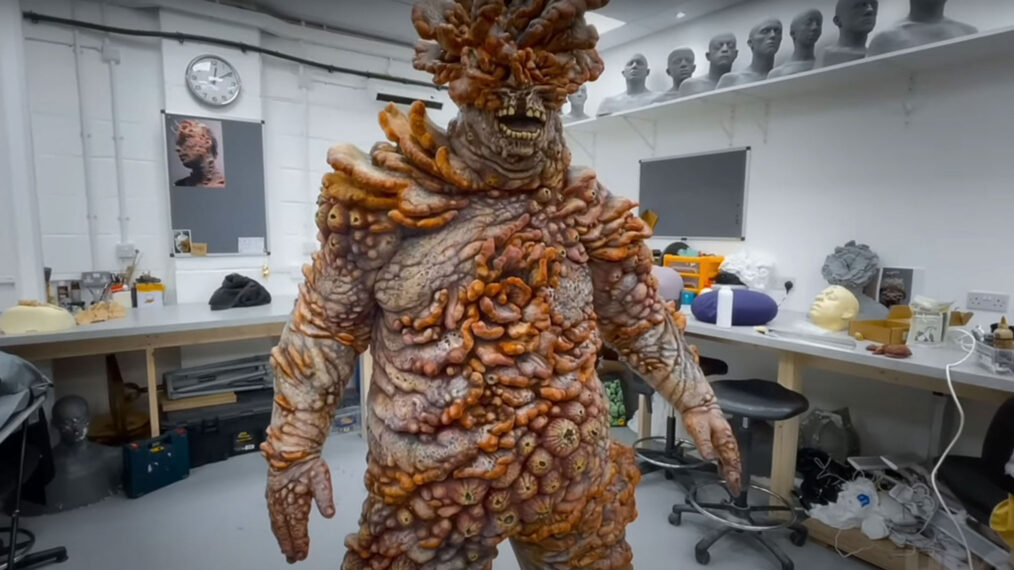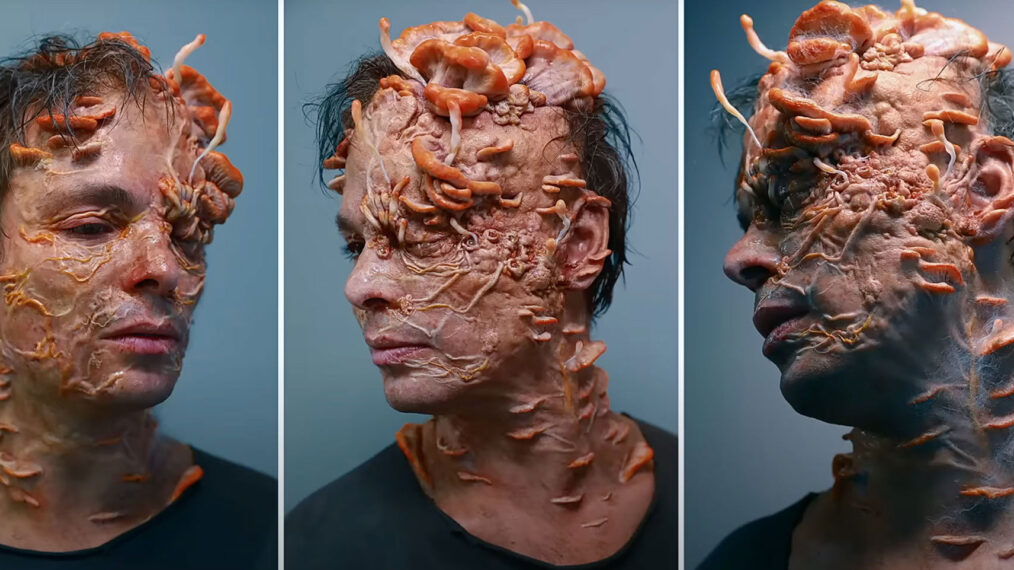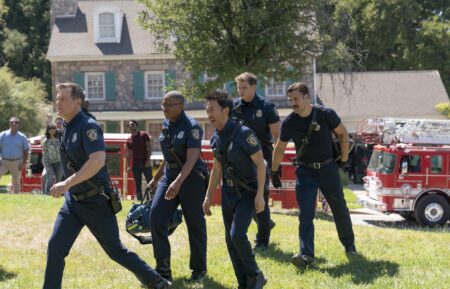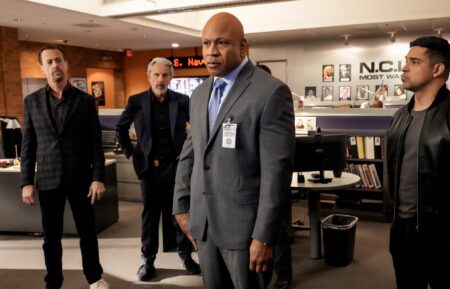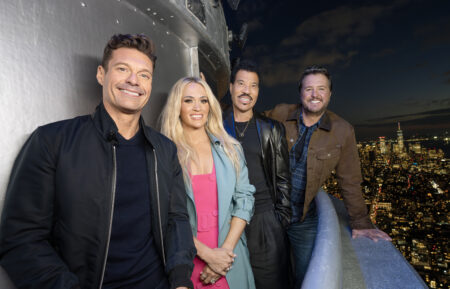Behind the Scenes of ‘The Last of Us’: How the Clickers & More Are Made (PHOTOS)
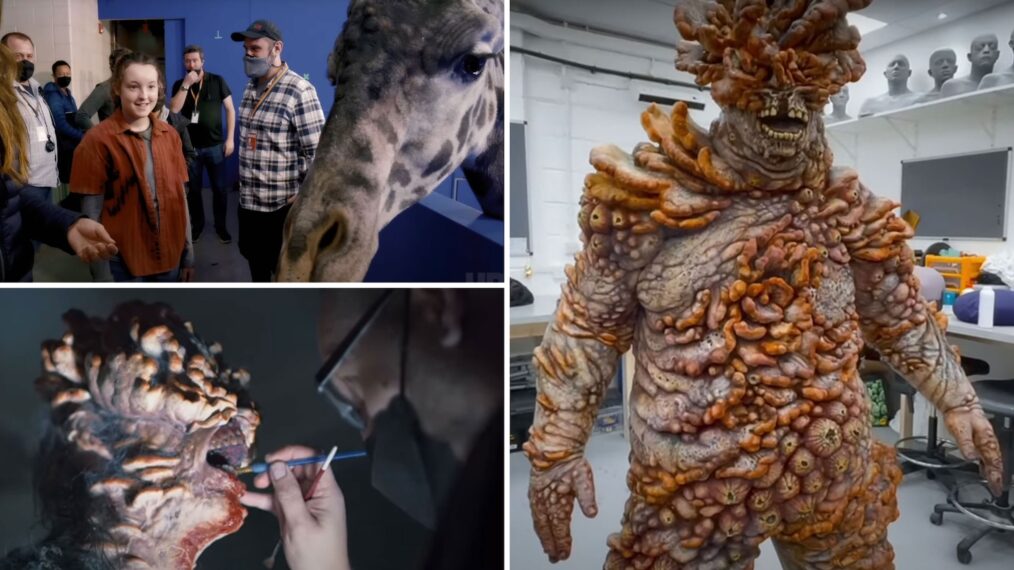
How do you create a clicker? From designing the blooming fungus prosthetics to choreographing the performers and their erratic movements to any finishing digital touches — it’s a lot of hard work that involves an enormous amount of behind-the-scenes staffers, and more than a few departments. And that’s just one of the many stunning facets that cocreators Neil Druckmann and Craig Mazin had to thoroughly think through before bringing The Last of Us‘ expansive video game-based world to the small screen.
“We learned so much from doing Season 1,” Mazin tells TV Guide Magazine for our special issue dedicated to The Last of Us Season 2. “The hardest part was trying to figure out how to create the infected in a way that [kept] them connected to their own base humanity — they are portrayed more as people who are sick, as opposed to creatures of supernatural origin.”
For Season 2, he adds, “We kept things grounded, and that meant we’re doing a lot of practical effects.” Practical effects are physical, not computer-generated, and here, they are the work of Emmy-winning makeup artist Barrie Gower and his team. “We also learned a ton about how to integrate that with visual effects,” Mazin says. “We have expanded and improved our process so that we can continue to blend the practical with the digital in ways that people probably won’t notice.”
That seamless blending of practical and digital effects for the clickers also carries over into everything else that went into creating this fascinating decimated world—like layering on digitized destruction for landscape shots, and multiplying the infected in a horde with a few mouse clicks. And while the process of building this world for television is vastly different than creating a video game, the crew took extra care in making sure every detail fell into place as they transitioned between the mediums. “[For] the game, we don’t make any physical things,” said Druckmann in HBO‘s Making of the Last of Us (available to stream on YouTube). “It’s all digital, it’s all two-dimensional on the screen. [But] the first time I walked on set, it was Joel’s house. You already got to see the love this crew had for the original material. I was emotionally moved by it.”
In the gallery below, peek behind the decaying curtain to see how the postapocalyptic drama’s crew developed the stunning physical effects, designed the horrifying stages of infection (even how they captured their eerie clicking sounds!), composed the haunting soundtrack and brought in a real-life giraffe for the actors to interact with. Now, action!
The Last of Us, Season 2, Sundays, 9/8c, HBO and Max
This is an excerpt from TV Guide Magazine’s The Last of Us: The Ultimate Survival Story special issue. For an in-depth look at the critically-acclaimed HBO series, featuring behind-the-scenes secrets and a preview of the highly anticipated second season, pick up a copy of the issue available on newsstands on April 11, or order online here.




